Tales From The Ho Chi Minh Trail-Sam Missiles
Surface To Air Missile Sites in Laos.
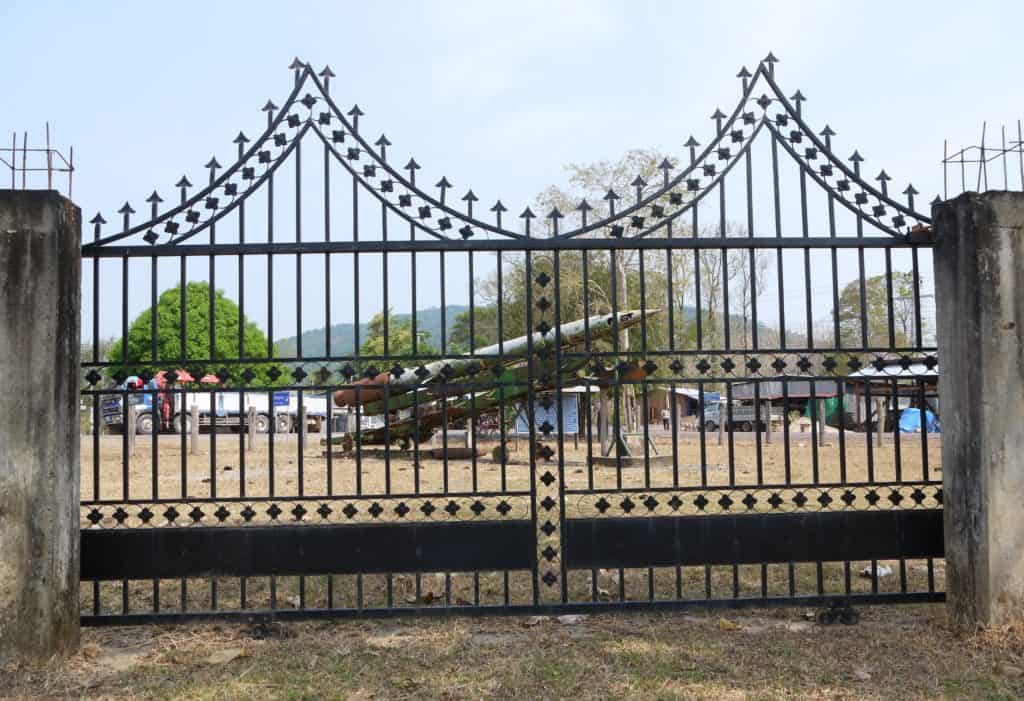
Sam’s (Surface to Air Missiles) were used as air defense against American planes in Vietnam and Laos, with a huge degree of success. Flying through the sky at Mach 3 and guided by radar, once the SAM was close enough to its target it exploded. If the pursued pilots managed to spot the missile, they had a good chance of getting out of the way. Many though, were not so lucky.
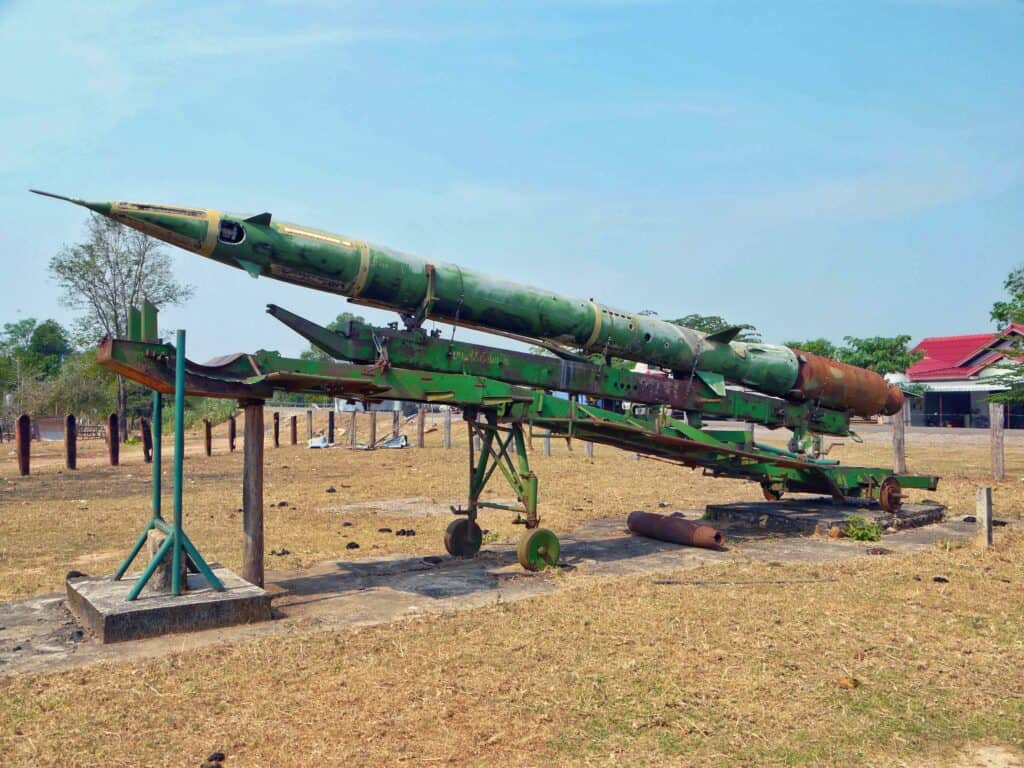
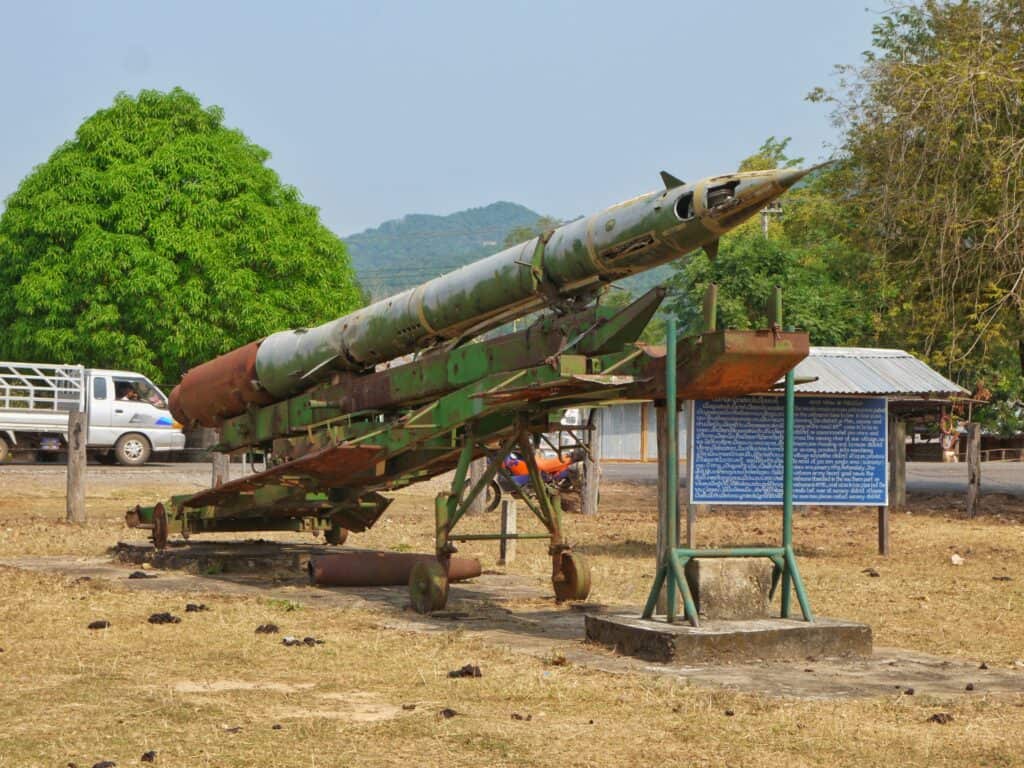
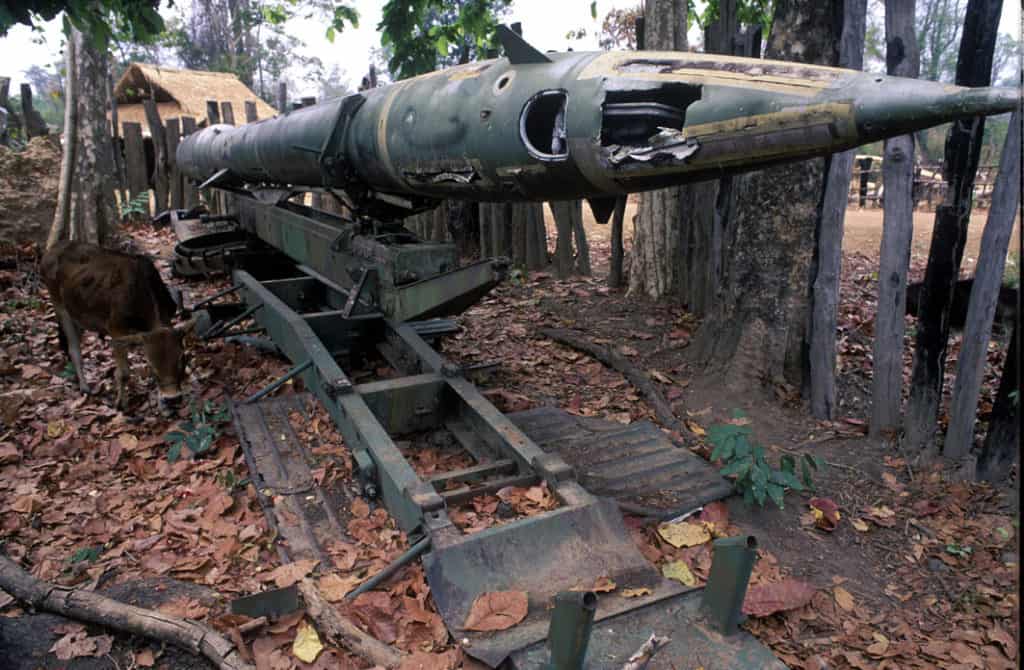
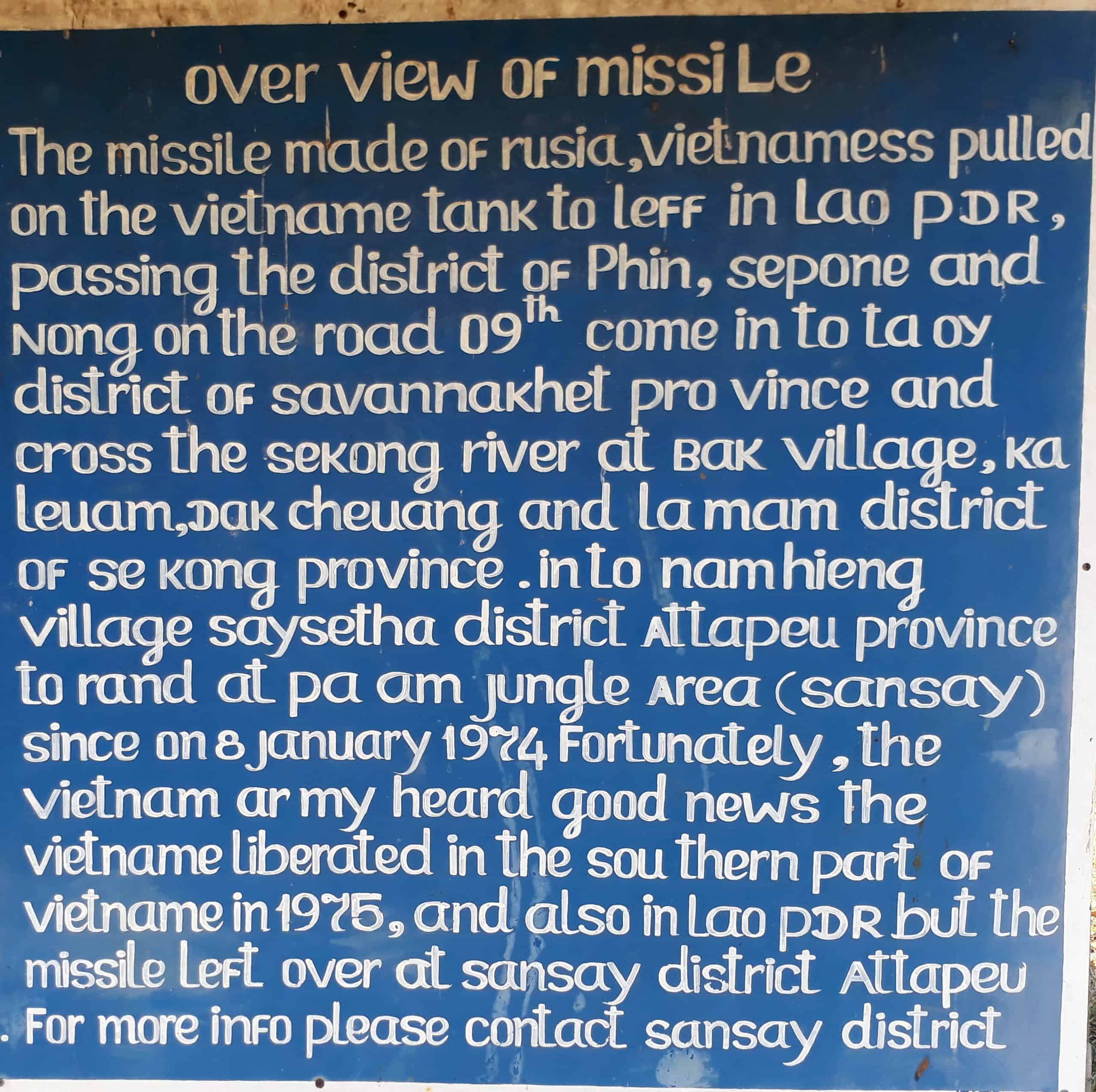
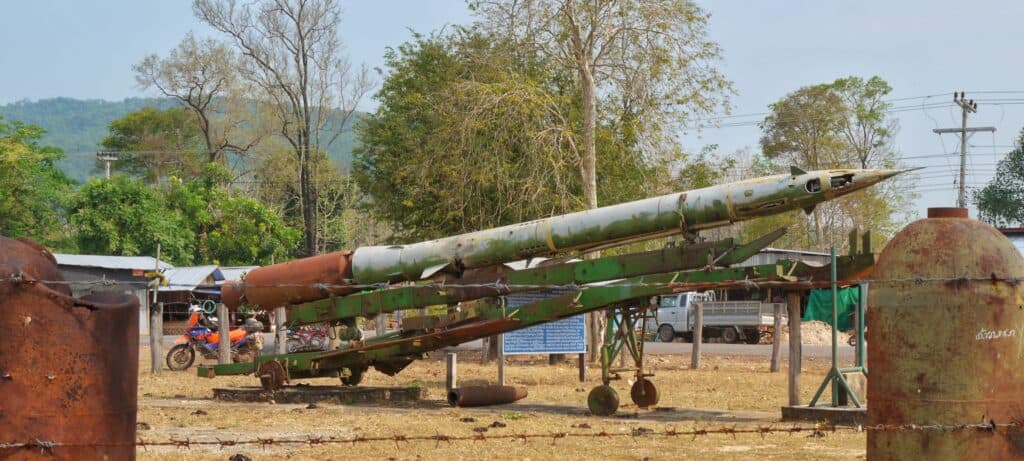
Robert Anderson
We flew off the Midway in 72-73 with VF-161, Phantoms. On my first hop over NVN in early March 72, a 0700 launch on a MiG Cap, we had the excitement of dodging 4 SAMs in the flatlands near the hour glass. Again about a month later near Haiphong on a photo escort. Then again in May. It gets the heart rate up.
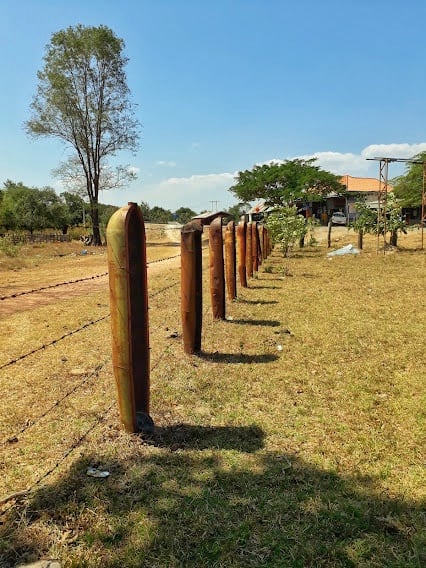
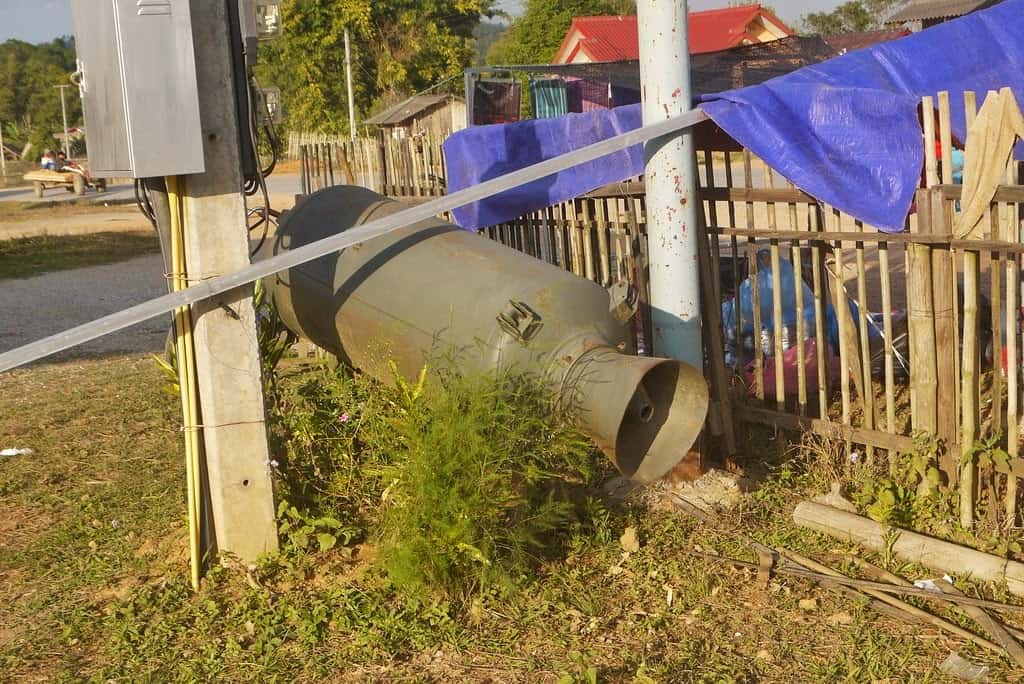
By the late 60’s the Vietnamese had Sam sites along the length of the Ho Chi Minh Trail. These were defense rings around areas or towns they wished to protect from air raids. The electronics officers would sit inside small vehicles, which were effectively radar monitoring operations rooms. Once the radar had picked up inbound aircraft, they would track them. Then, locked onto aircraft, the Missile would be fired and left to hone in onto its target.
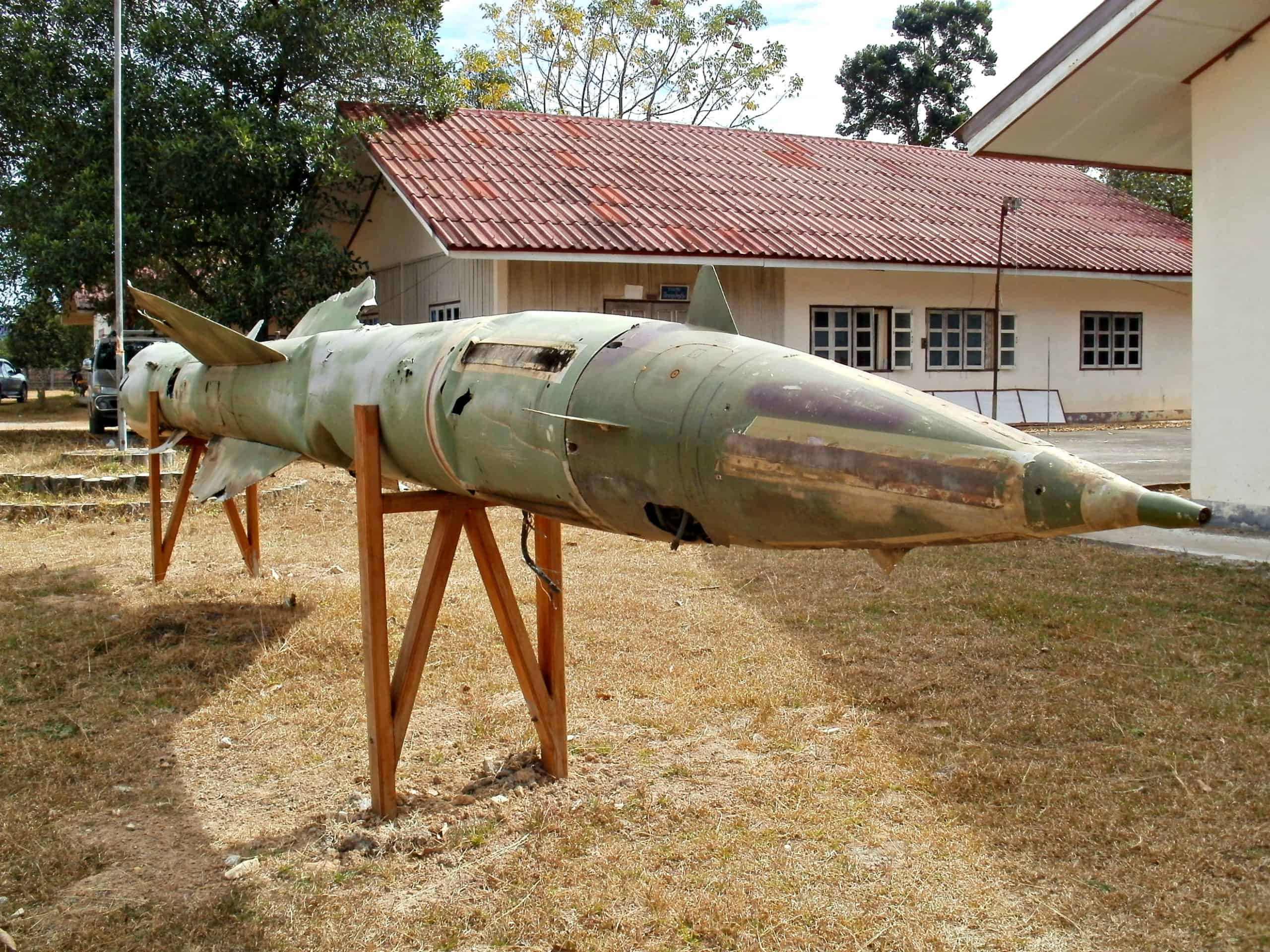
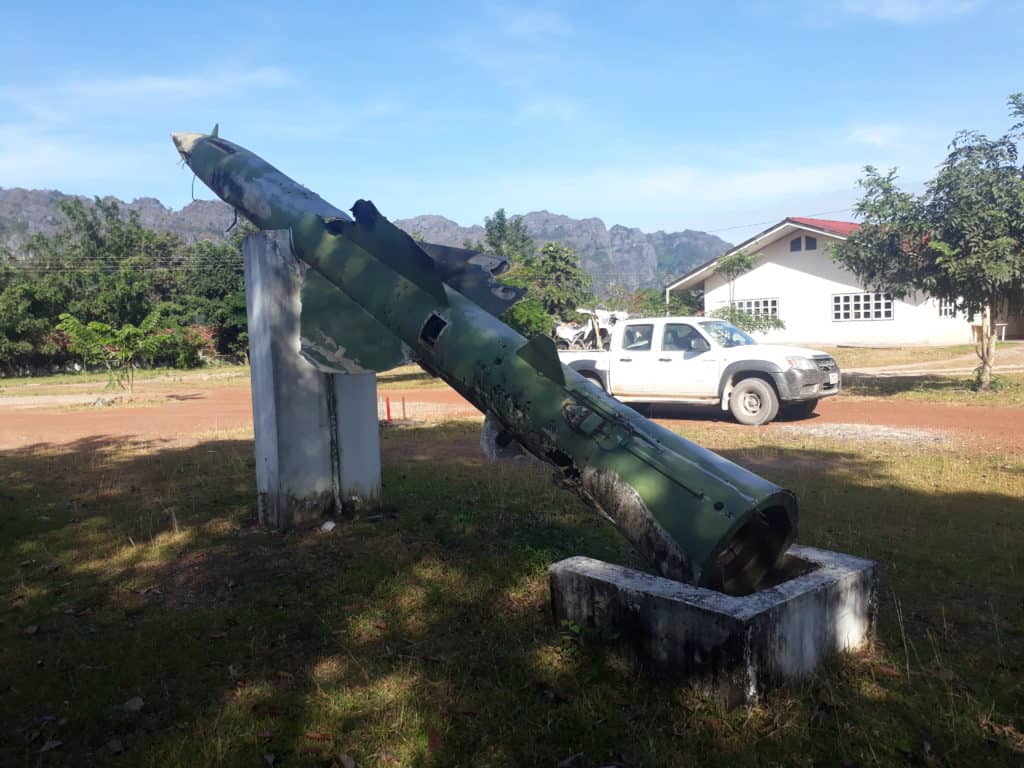
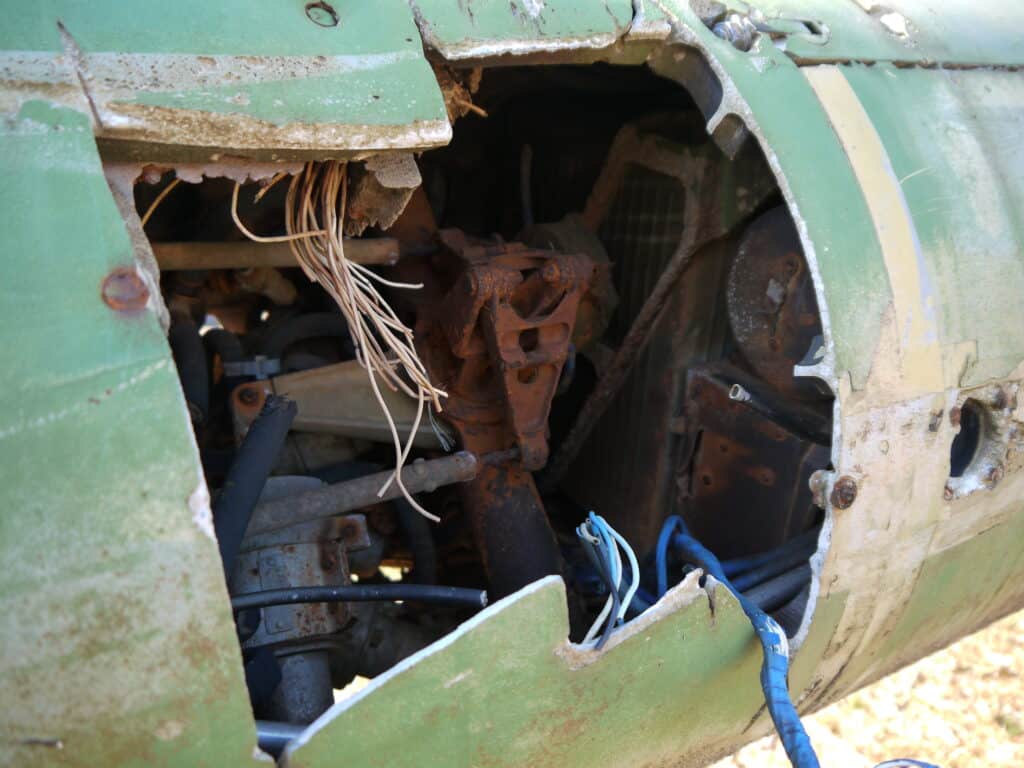
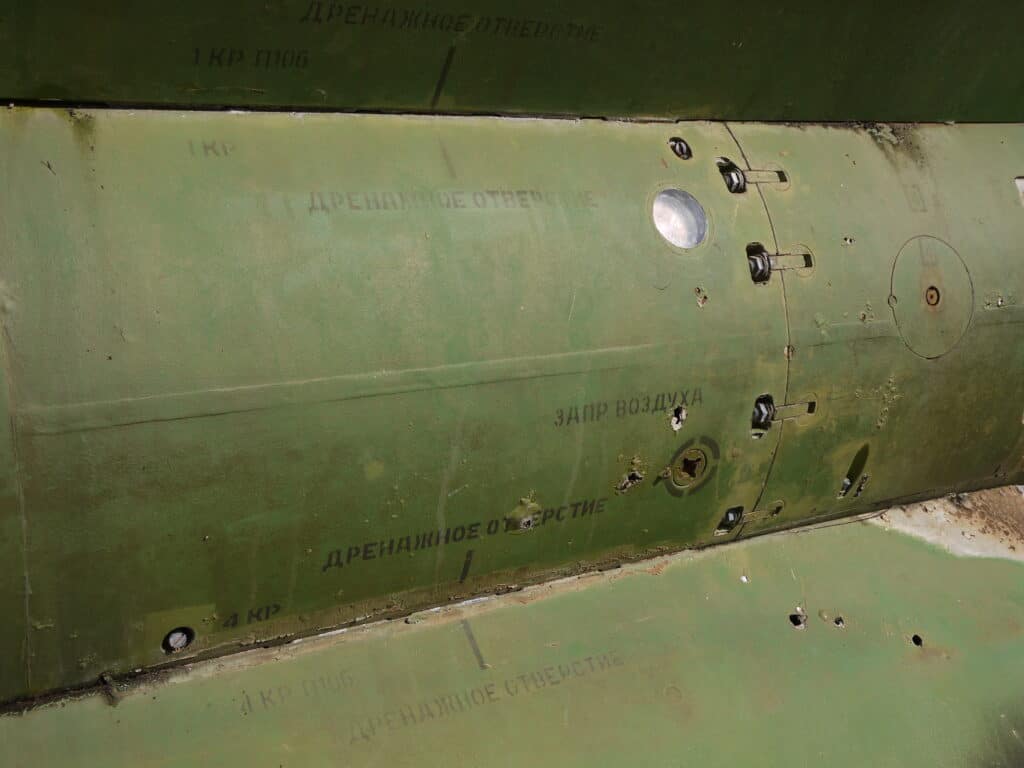
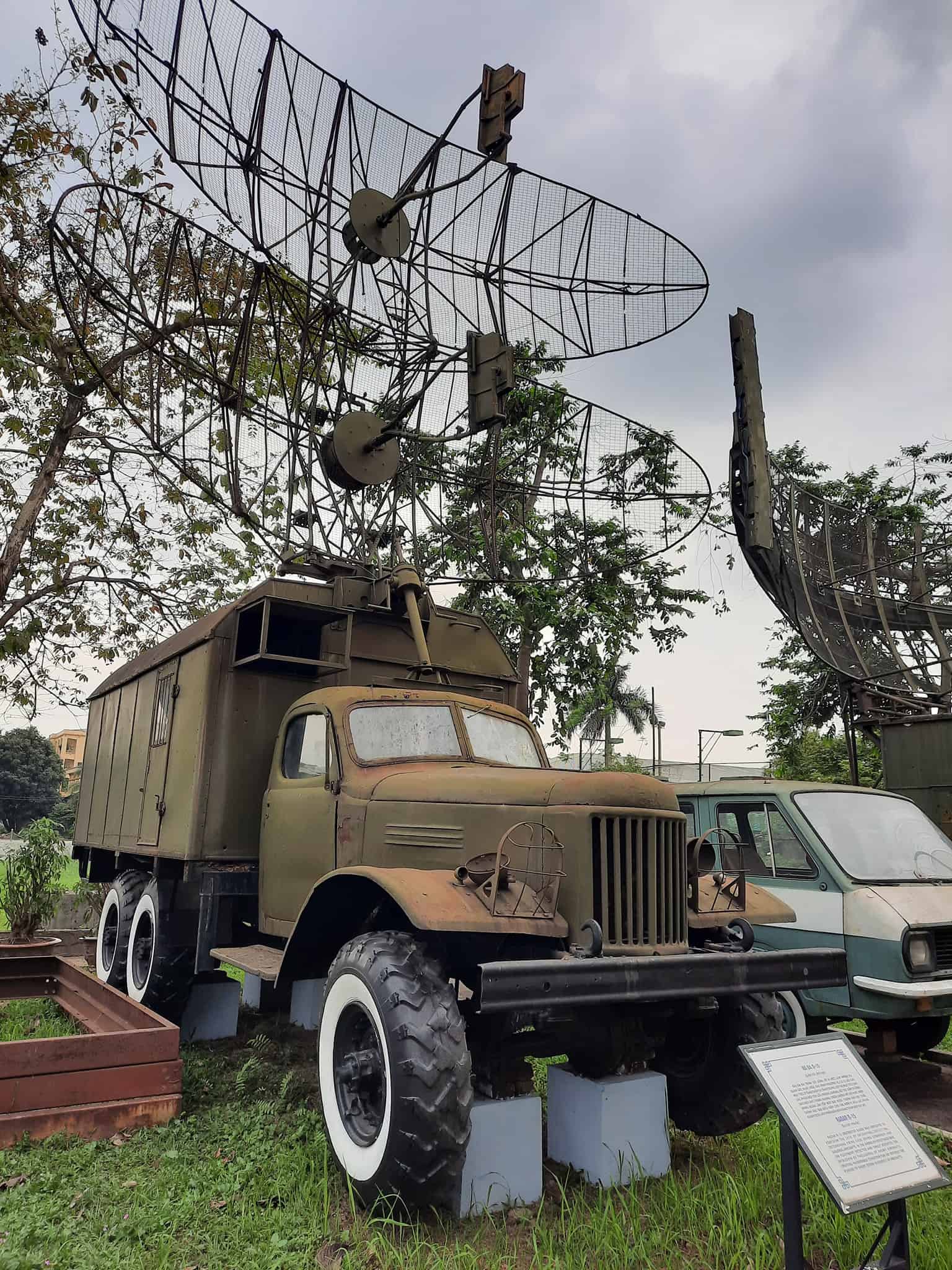
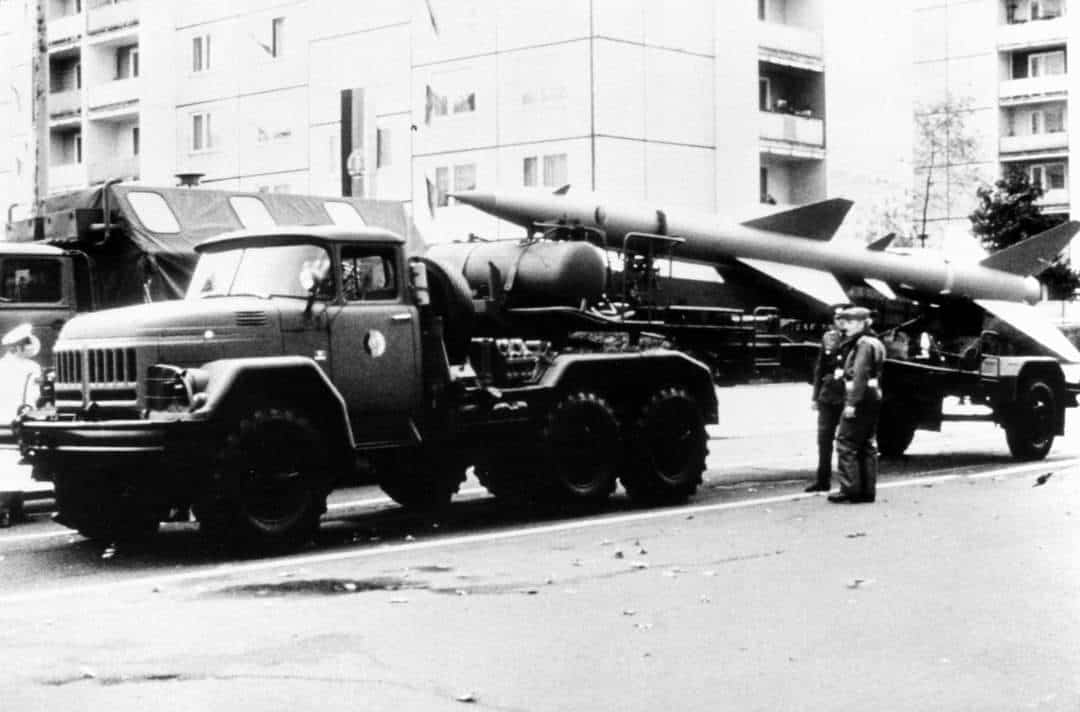
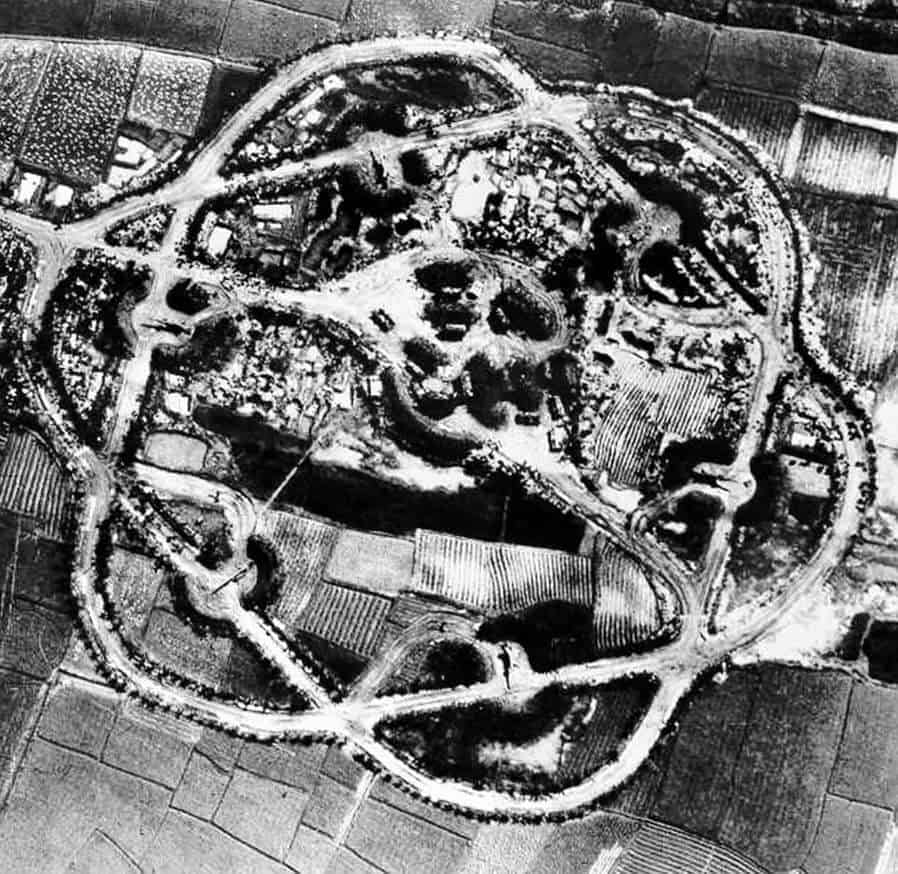
After a while the Vietnamese became expert in this tracking. So the Americans then had to come up with a way to stop their planes getting shot down. The Americans had the electronics capability to jam the radar, but they had to pick up the Sam signal first in order to block it. That meant that the Sam was already tracking their aircraft, which was often too late to save it and the pilot.
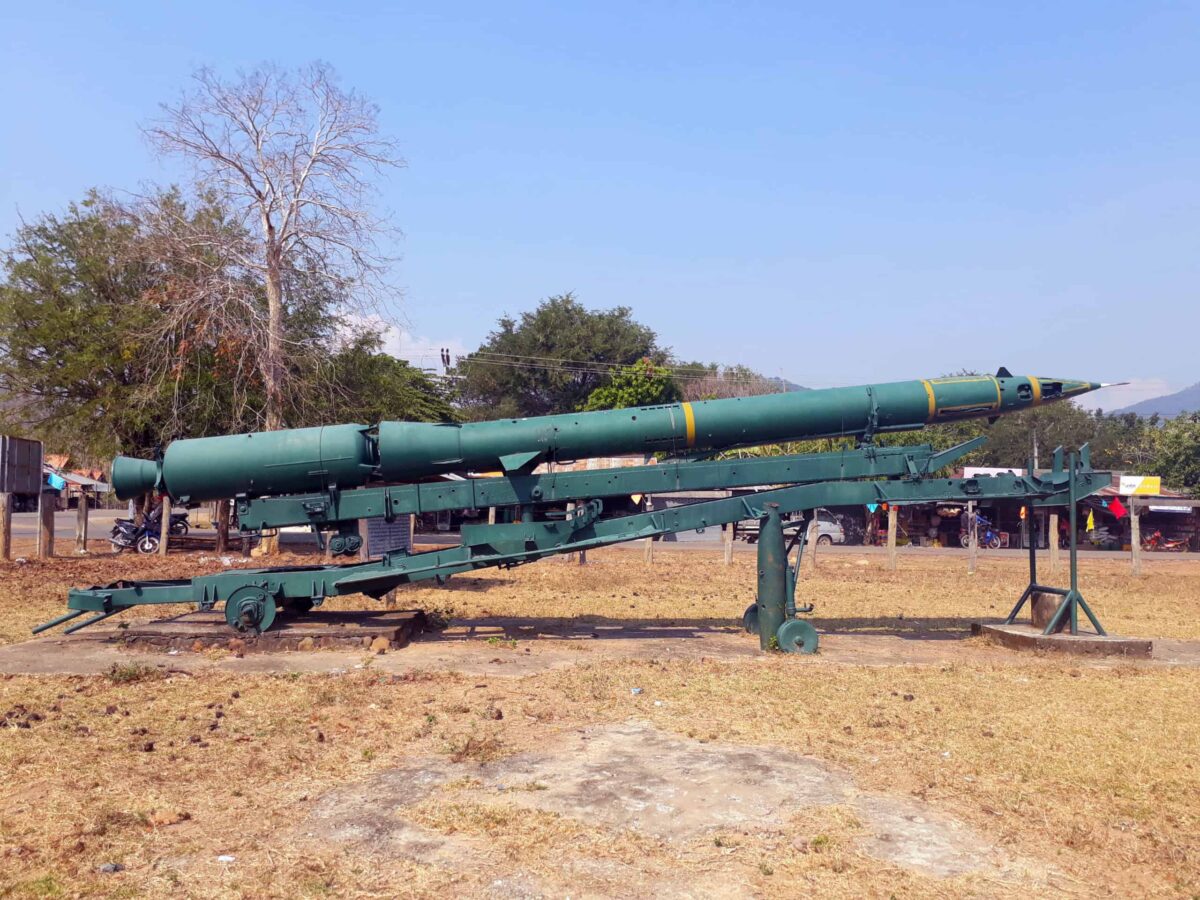
Geoffrey Davis19 Nov 1967: (Plunkett compiled) Four flights of F-105Ds from the 355 TFW attacked the Hanoi Concrete Production Plant (BE 616-02655 ART 5401) at coordinates 21-05-05N and 105-46-40E in RP-6A, North Vietnam. The plant was an RT-57 add-on target authorized on 8 November. Approximate 65 percent of the target was damaged and the facility appeared unserviceable. Post-strike coverage of 20 November revealed that 7 buildings in the target were destroyed or damaged.Pilots from the 357 TFS flew in the strike. The strike force dropped a total of 54 M-117s and 8 M-118s on the target and a nearby SAM site. The force also struck a flak site to the northwest just south of the river and west of the canal.The afternoon attack began at 0840Z when three F-105Ds in “Wildcat” flight stuck the plant and the SAM site. One minute later four F-105Ds in “Bison” flight bombed the plant. One pilot from “Bison” jettisoned his six M-117s that wouldn’t release on the target. At 0842Z, the four F-105Ds in “Kingfish” flight made their attack, and a minute later the four F-105Ds in “Marlin” flight dropped their bombs on the plant.Besides ordnance impact among the buildings, there were also impacts in the open storage area. The attacks completely covered the target area with smoke. However, strike pilots estimated they caused moderate to heavy damage to the facility.The F-105 pilots encountered moderate to heavy 37/57/85-mm AAA, both barrage and predicted barrage, from 14,000 feet to 4,000 feet. Bursts were accurate to 100 feet. The missile site struck was Hanoi SAM site (BE 616-03389) A-31-2 (VN-159) southwest of the target at coordinates 21-04-43N and 105-46-15E.m “Wildcat” flight dropped two M-118s on the site. The site was occupied and a SAM had just lifted off as their 3,000-pound bombs impacted. The missile disintegrated and tumbled back into the site.The attacking pilots estimated the majority of the SAM equipment was destroyed and the site damaged. Pilots saw the first SAMs while the force was 40 miles from the target. The SAMs were just southwest of Hanoi and probably intended for the 388 TFW strike force. 355 TFW pilots estimated three white bursts at 20,000 feet, and uncountable number of orange bursts at 12,000 feet to 14,000 feet and a few more between 5,000 to 6,000 feet.The 355 TFW strike force estimated close to 30 SAMs were launched at them with continuous engagements from 20-56N and 105-21E inbound to target and from there back outbound to 21-31N and 105-37E. SAMs passed continually above, through, and below the force. Some detonations were within 300 feet of their aircraft. The majority of the SAMs, although possibly not tracking the force, were guided into close proximity to the force and detonated with extreme accuracy. The force was maintaining good pod formation and was also changing altitude and airspeed 12,000 to 13,000 feet and 390 to 450 CAS.“Wildcat 4” was hit by an unknown weapon in the target area and recovered at Udorn. For his 55th combat mission, Wild Weasel pilot Maj James L. Davis from the 354 TFS at Takhli supported the strike on the cement plant. “Downtown, Cement Products Plant. Had about ten SAMs launched at us. Fired a Shrike at a SAM site near Hanoi. Strafed a radar site on a mountaintop, then cycled back in for ResCap. Dropped bombs on a hill which landslided across Route 12. Had eight more SAMs fired at us.” Davis received the Silver Star for the mission.“Maj James L. Davis distinguished himself by gallantry in connection with military operations against an opposing armed force as an F-105 Thunderchief pilot over North Vietnam on 19 November 1967. On that date, Major Davis was a member of a flight whose mission was to suppress surface-to-air missiles and radar directed guns that threatened a force of fighter-bombers which was directed against a heavily defended military target near Hanoi. Not only didMajor Davis successfully find and destroy one of the hostile missile sties, he also returned to the target area to help protect a downed pilot, and in doing so had to dodge eight missiles and intense gunfire while destroying one of the antiaircraft artillery sites. By his gallantry and devotion to duty, Major Davis has reflected great credit upon himselfCompiled by: W. H. Plunkett, Albuquerque NM James Lowell DavisF-105 HistoryChronology of Seventh Air Force 1 July 1967 – 30 June 1968, pg 7 & 355 TFW JOPREP JIFFY DOI 5610OPREP-4/094 in USAF microfilm NO463, frames 1407 and 1585 & Rolling Thunder briefing to CINCPAC forperiod 16 – 30 November 1967.and the United States Air Force.” (Maj Davis’ transcribed mission notes & Silver Star citation provided by his sonGeoffrey B. Davis, 30 Oct & 1 Nov 2014.)
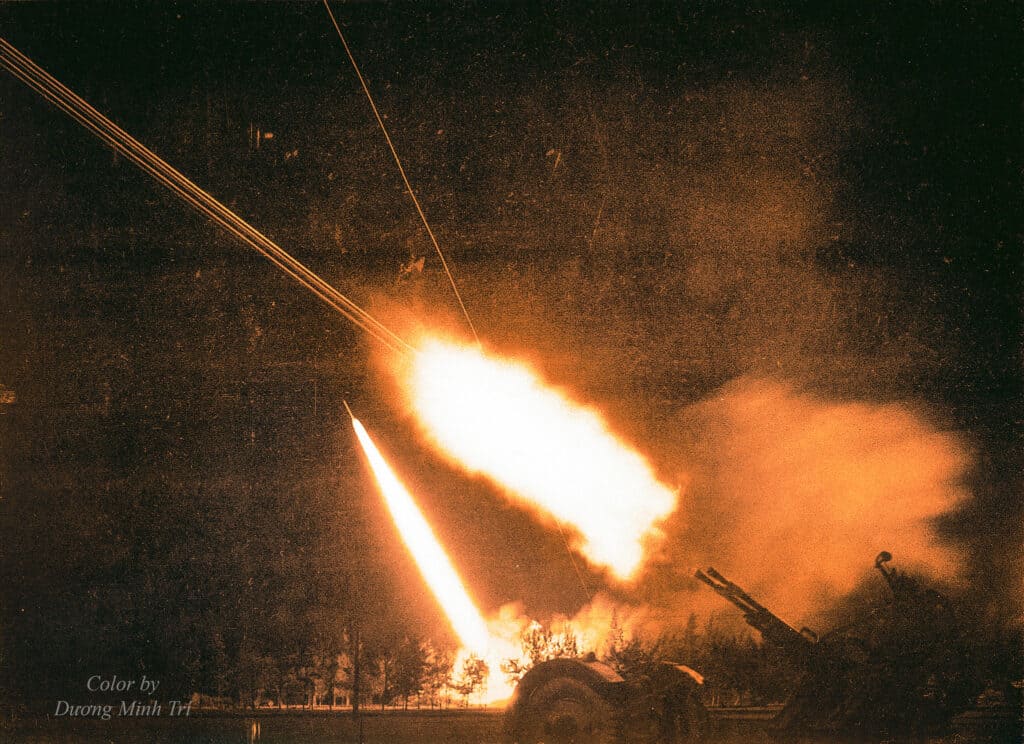
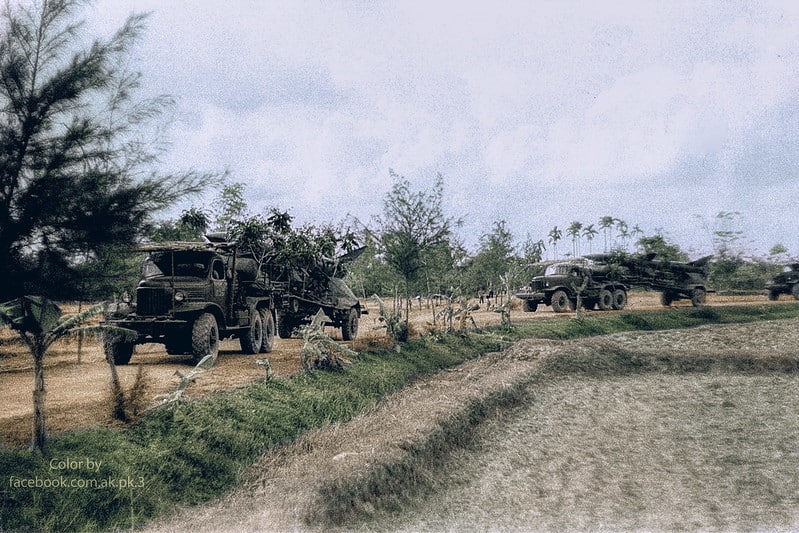
In 1965, the Soviet Union transferred and trained Vietnamese soldiers how to use the S-75M (SA-2) air defense missile system.Initially, the V-750 missile of the SA-2 system was only mounted on the TCT vehicle to ensure the bullet was aligned and when the missile was at high efficiency, avoiding the unfortunate consequences that occurred during combat.TCT is a hard-frame car, which has no self-propelled function, so it has to be moved by hand or scissors. After assembling the bullets on the TCT car, I used the K-61 crane, the bullets were placed on the back of the TZM car, then brought to the technical inspection point, then refuel and then take the bullets to the battle.However, doing so makes it easy for American aircraft to spot targets and fire. At this time, the request to urgently bring missiles to the battlefield has become extremely urgent, the living impact on the combat force as well as the mission of the Vietnamese missile army.So the military took the initiative to assemble the SA-2 missile right on the back of the TZM vehicle, just shortened the secret, safe reassembly process.In the Air Frontier Electric campaign, due to the rapid, fully guaranteed, timely combat service, SA-2 missile was brought down to 29 out of 34 B-52s (5 remaining: 3 are 100mm rubber lowered, 2 are MiG-21 lowered).Thanks to the initiative to assemble missiles directly on the TZM vehicle, during 12 days and nights of the “Hanoi-Dien Bien Phu” Campaign in December-1972, the technical battalions and reinforcement forces of the A31 Factory, the Military Technical Department PK-KQ increased missile assembly efficiency 3 times per day, ensure enough ammunition base for fire battalions and missile battles, in time to hit enemy B-52 aircraft, excellent performance.Source: Vietnam War History
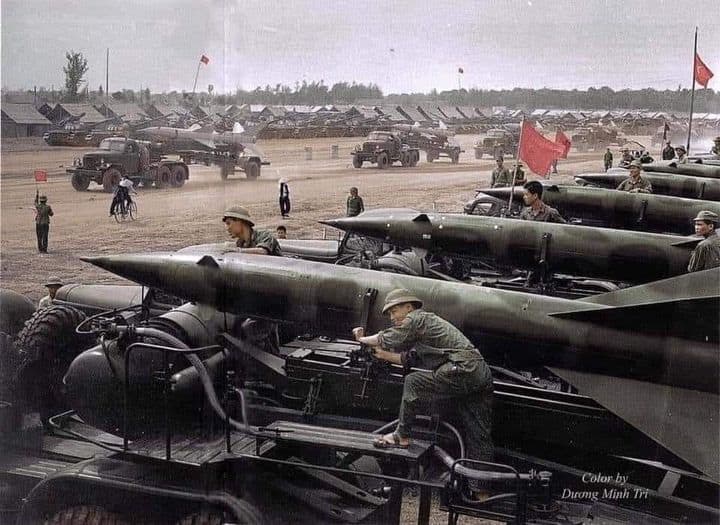
The Wild Weasels.
The Americans had formed group called the Wild Weasels. This was basically a pilot, and an electronics weapons operator in the back seat, who would fly ahead of the main flight. Their aircraft was fitted out with a special radar in its nose cone. The aircraft, would then seek out and locate Sam Missile sites, attack, and hopefully destroy them.
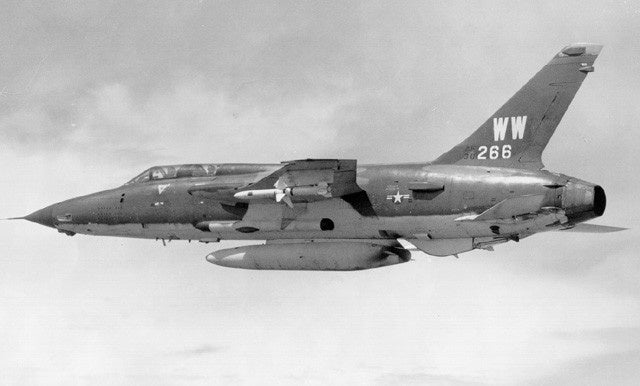
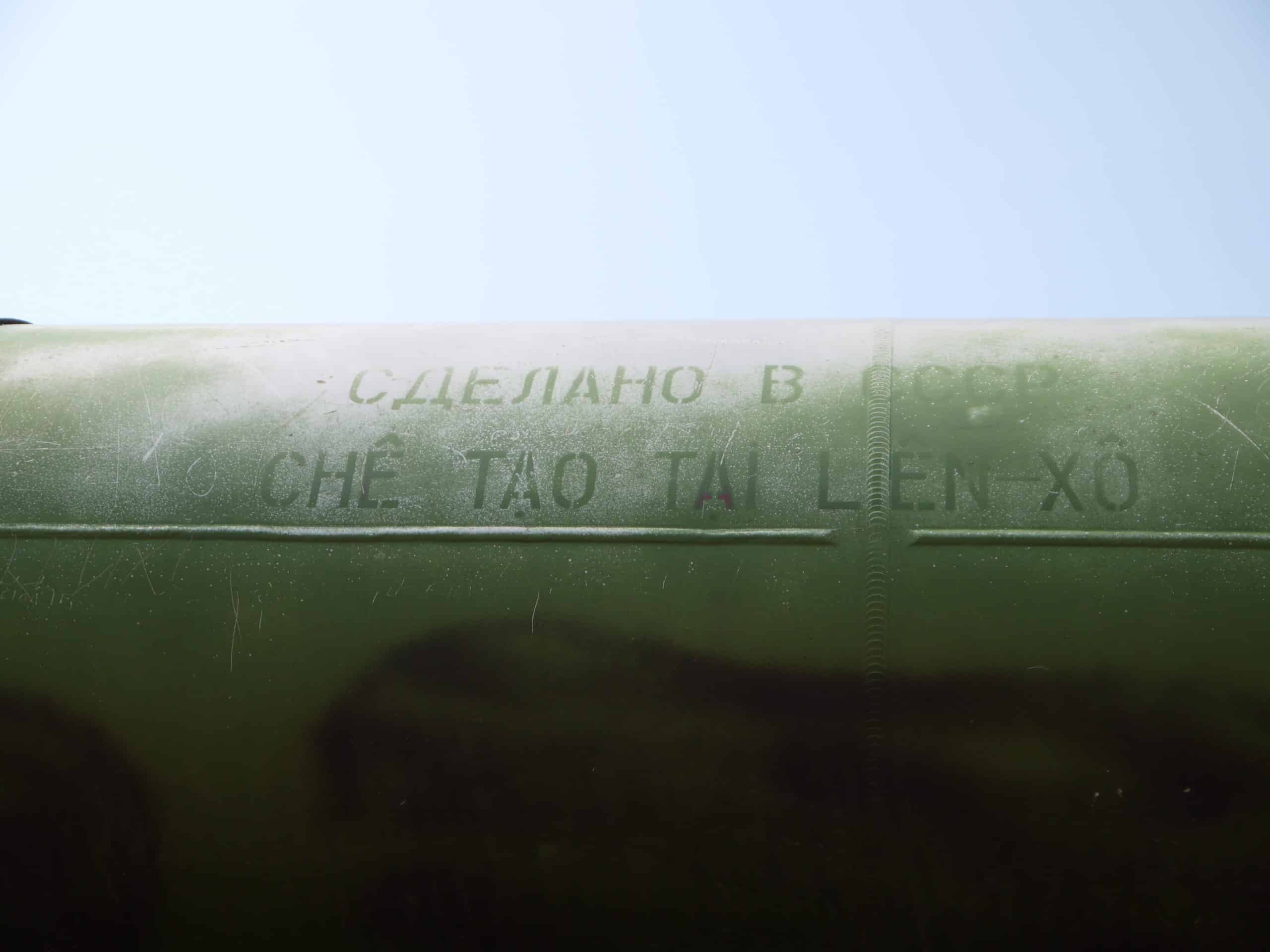
If your riding around Laos there are two such missiles on display. One is in a government building in Gnommalad, and the other in Pa-Am Attapue. The missile in Pa-Am Attapue is a complete version of the weapon. Both have been restored and made a feature of their respective displays.
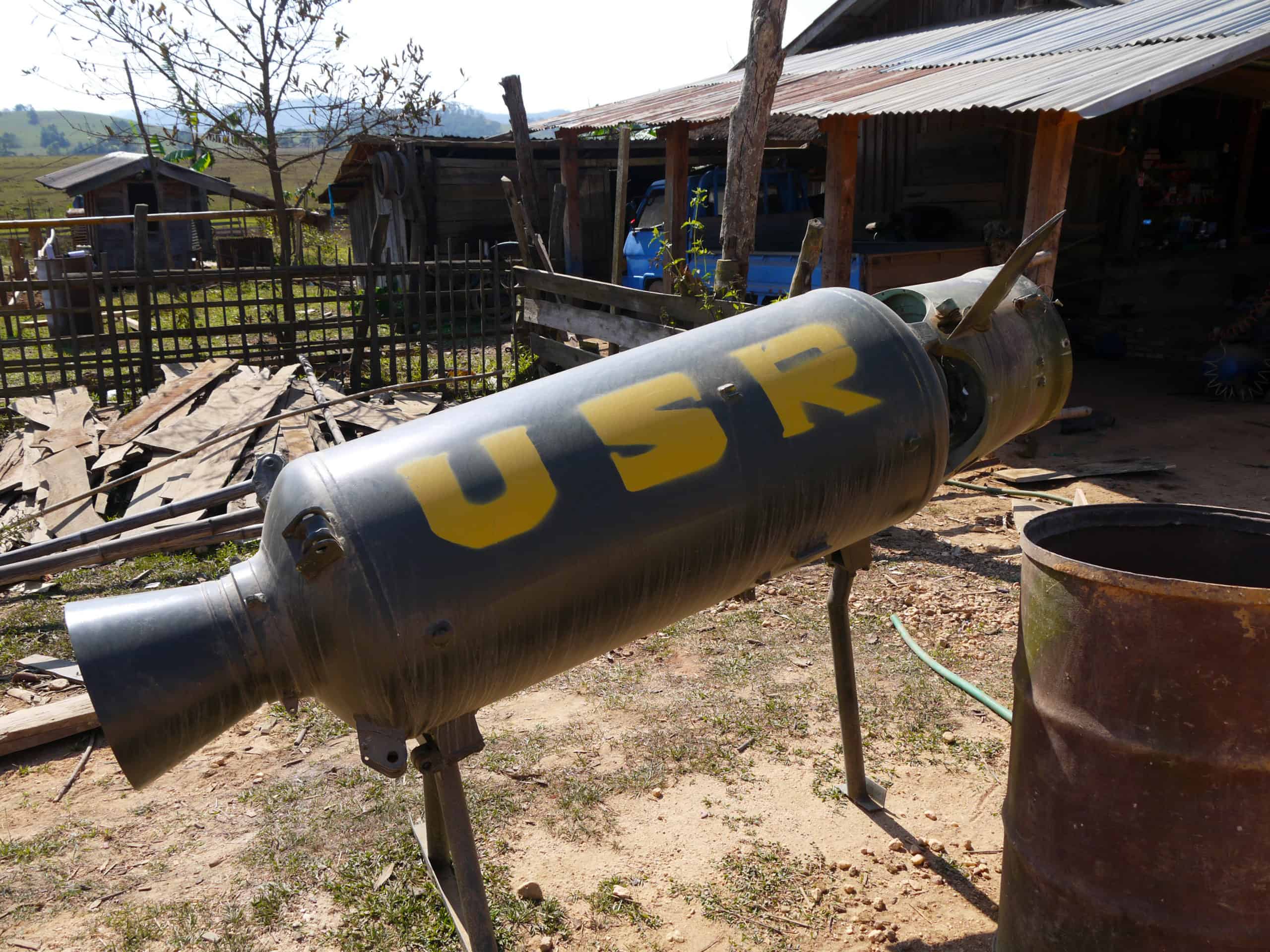
The Russians shot down a U2 spy plane using one of these missiles, their capabilities were scary.
https://thehochiminhtrail.com/the-road-to-freedom-tour/


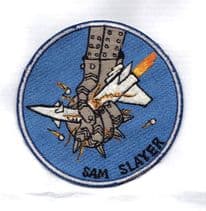
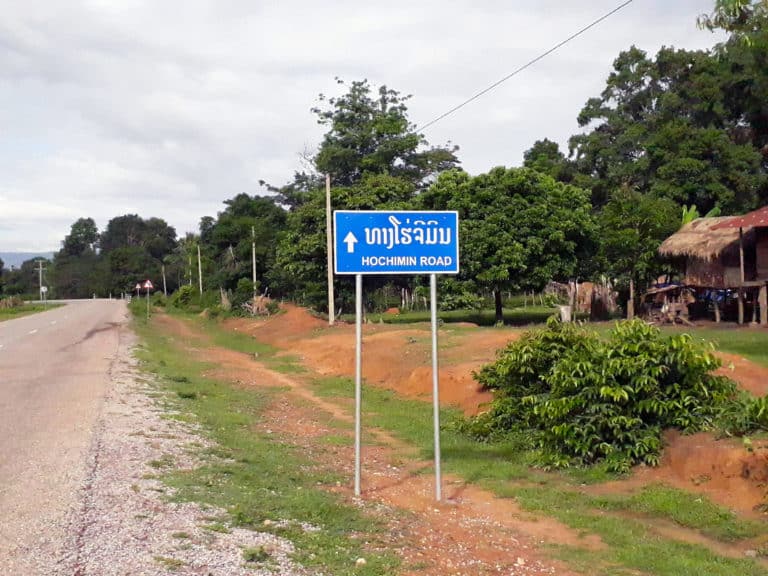
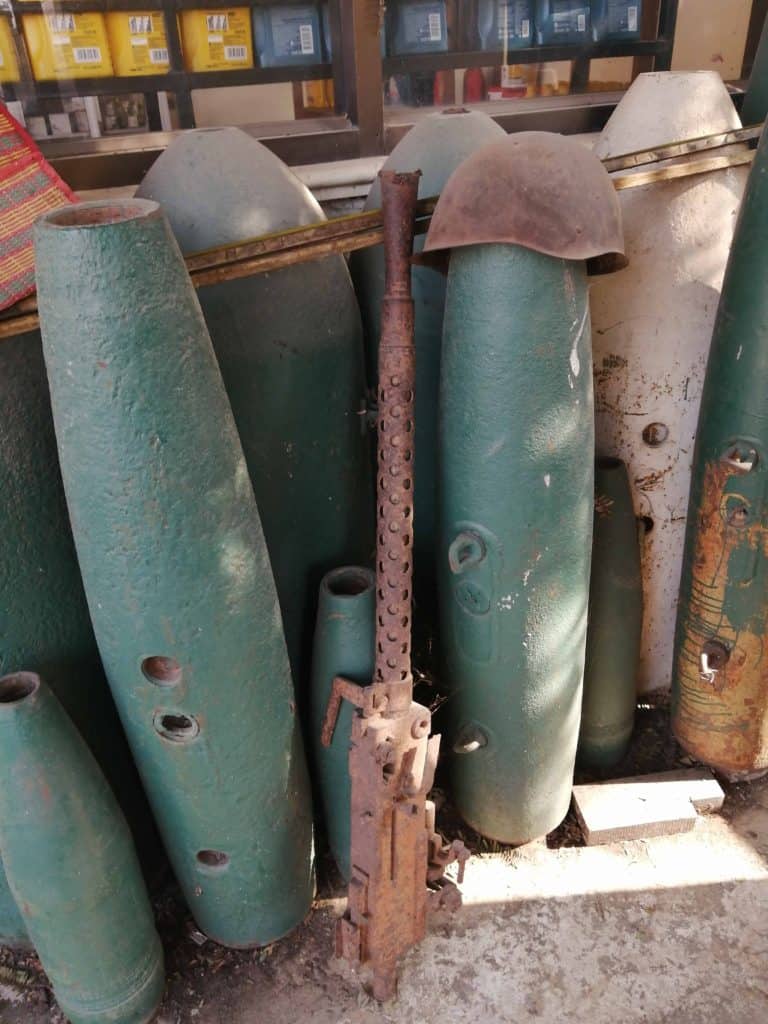
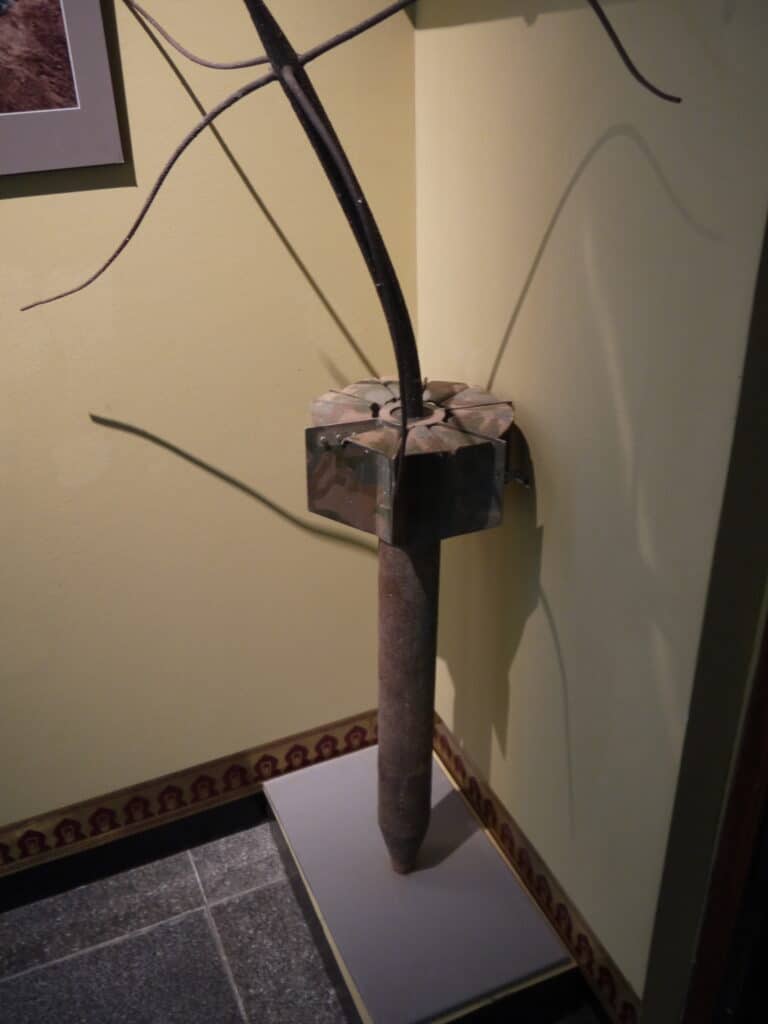
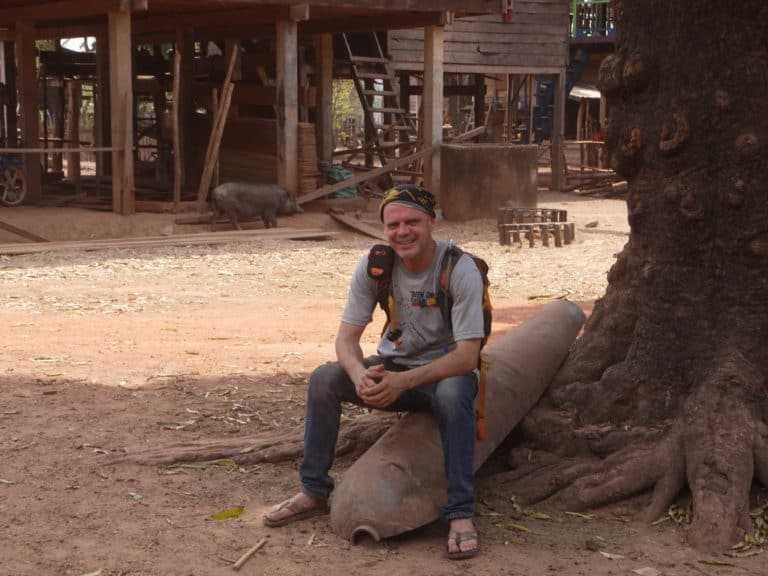
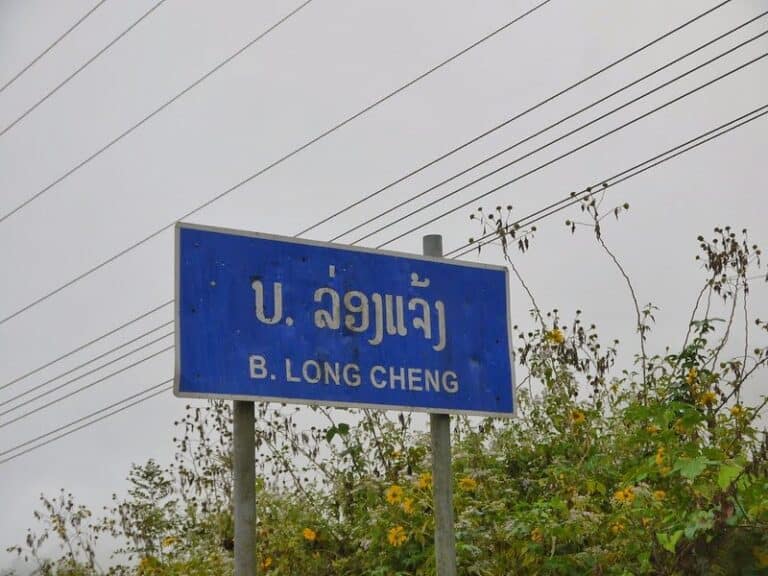
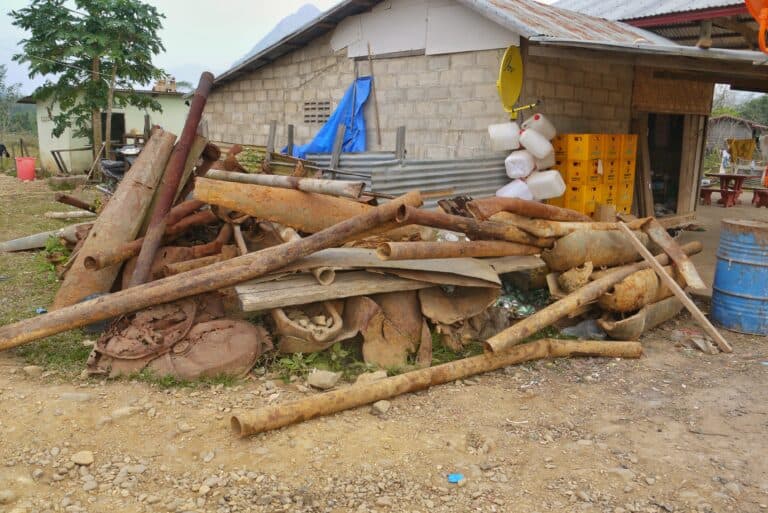
Best post. Useful..
I was an F4 driver out of Udorn and Ubon….a 2 ship, self and ops officer RTB’ING to home plate. Navy came up with a SAM alert in our area. Our awe shit light and strobe came on, we had an active launch. I called for PODS on. 3 were coming in from our 8 O’clock position. We called take it down, pushed over and came back up, the SAM unable to make the turn up. The 2nd SAM got close as I could see the red Soviet star on the control surfaces, it blew up…level at the 9 O’clock position, maybe 100′ out. The 3rd one blew up at 6 O’clock and thought # two got hit “John u still with me” yes I’m here. In and out of burner dodging SAMs, I had to stop at NKP for gas. I liked the night SAM bombing missions to support the B-52’s. Great time for us young fighter pilots. Got out in ’75…Col Bud Dxxxx Eglin AFB wrote on
my last OER “this man unfit for promotion”. I put my papers in and never looked back. Col Bud Dxxxx was an aviation cadet, risk taker pilot that I had to throw off the range twice. The Col asked “why did u turn in your papers”? “Because of guys like you Col”. I realized the Korean and WWII officers were running the show during my tours in VN, great guys. Slowly I could see the change in the military, I got out. Back then, the military a great place for young men to grow up under combat missions.
Thanks for your comment, always good to hear from those who were there..